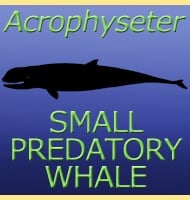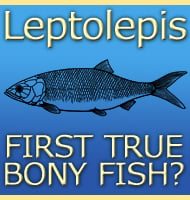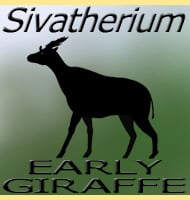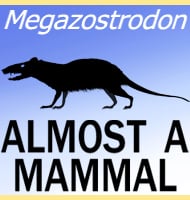In Depth
Archaeodobenus is an ancient relative of the walrus. Unlike the walrus however, Archaeodobenus did not have the large tusks that are the most familiar feature of the walrus. Instead, Archaeodobenus simply had slightly enlarged canine teeth, and an overall appearance more similar to that of a sea lion.
Further Reading
- A New Late Miocene Odobenid (Mammalia: Carnivora) from Hokkaido, Japan Suggests Rapid Diversification of Basal Miocene Odobenids. - PLoS One. - Y. Tanaka & N. Kohno - 2015.








